This article will help you recognize symptoms of a heart attack and what you should do if you observe them in your loved one
Contents
With the changes in our lifestyle, people have grown more susceptible to heart attacks. According to the CDC, there are three key factors, namely high blood pressure, smoking, and high cholesterol level for heart disease, and at least half of the Americans have one of them.
As a caregiver, you must recognize the symptoms of a heart attack. Receiving proper treatment can help save the life of the patient experiencing a heart attack.
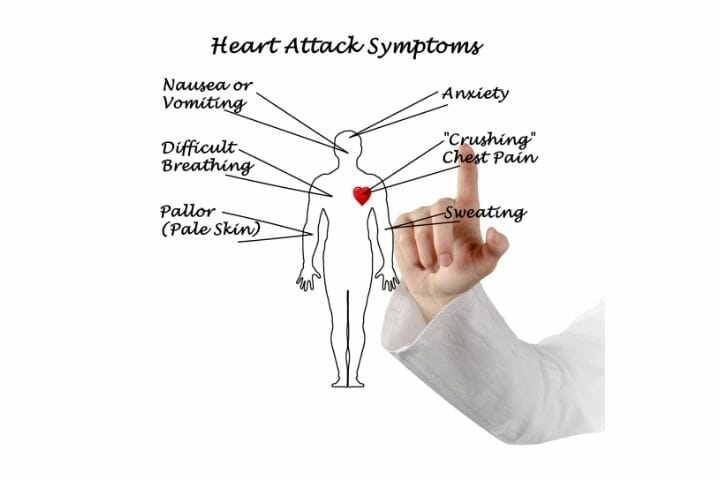
In this article, you will read about the possible symptoms of a heart attack. How to act when someone is experiencing a heart attack, and what can be done beforehand to lower the heart attack risk factor? Let us have a look at the symptoms.
Symptoms Of A Heart Attack
A heart attack happens when the blood flow to the heart is blocked, and the heart doesn’t get sufficient blood supply. It can be fatal, but if the person receives immediate help, then there is a high chance of saving the person’s life.
While most heart attacks usually start slowly, where people experience some symptoms, some heart attacks are instant and very intense, where no one can do anything. There are a few signs that you need to watch out for for the heart attacks that start slow as a caregiver.
Pain In Chest
Most people who have experienced heart attack complain about feeling some discomfort or pain in their chest’s middle or left side. This is probably the most common symptom to watch out for.
It can feel like the pressure has been put on your chest, uncomfortable fullness, or squeezing. The pain sometimes subsides after a few minutes and then returns. If a patient in your care is complaining about chest pain, then it is better to get them checked by a doctor right away.
Having Difficulty In Breathing
This is another classic symptom of a heart attack and one that is related to the first symptom. Since people most often feel pressure in their chest, they also can have trouble breathing.
Discomfort Or Pain In Other Areas Of Body
Another symptom related to a heart attack is the feeling of discomfort or pain in other areas of the body. The pain or discomfort mainly occurs in the upper part of the body. People experiencing a heart attack can feel tightness, pain, or numbness in their jaws, arms, shoulders, upper abdomen, and neck.
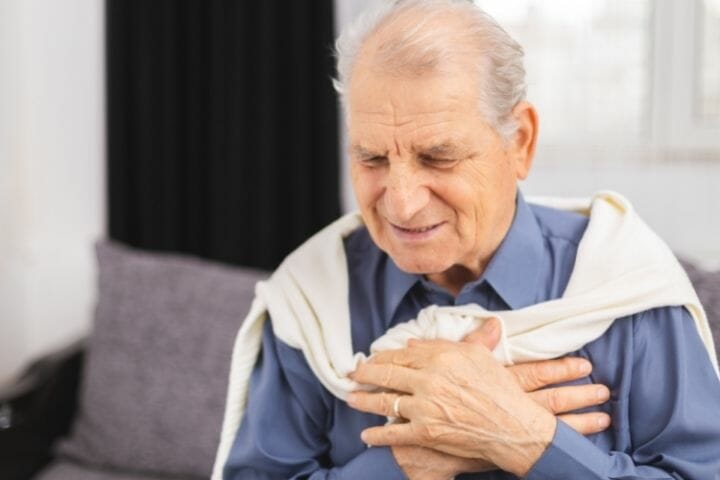
Cold Sweat
Perspiration or breaking into a cold sweat is another symptom that, as a caregiver, you should look out for.
Lightheadedness
As the symptoms of a heart attack worsen in a person, their heart stops working slowly, which can result in slowing down the blood flow to their brain, making the person lightheaded or even faint.
Feeling Nauseous Or Vomiting
Another symptom that can occur in a person having a heart attack is the feeling of nausea or vomiting.
Other Symptoms To Look Out For
The feeling of anxiety, irregular heartbeats, or a sense of choking is also a few symptoms associated with a heart attack. As a caregiver, you should also consider these if you have a patient with a medical history of heart disease.
Fatigue is another symptom that a person might experience several days in advance as the body experiences tiredness.
The blood flow slows in the body, resulting in a blue tint in the hand, legs, or lips.
These were some of the most common symptoms that people experiencing a heart attack have, but there may be absolutely no symptoms in some of the cases.
The heart attack symptoms also vary by sex. In the case of a woman, the chances are that, other than the chest pain. They will experience symptoms like nausea, lightheadedness, trouble eating, and pain in the jaws or back.
Some people may get a sudden cardiac arrest without showing any signs or symptoms before. But in most cases, the symptoms start occurring hours, days, or even weeks before actually getting a heart attack. If noticed earlier, there is a high chance to save the person.
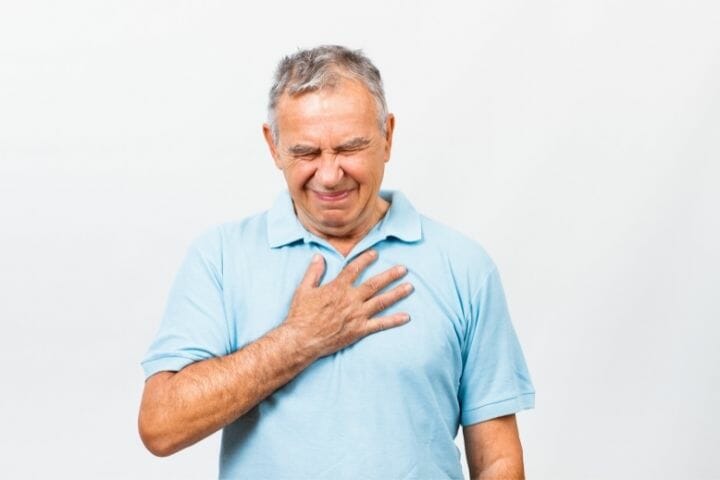
How To Act?
Now it comes down to what should be your responsibility as a caregiver if someone in your care is showing the symptoms of a heart attack.
Call For Help
As soon as you have noticed that someone is showing one or the other symptoms mentioned above, you need to act fast. Waiting for long can be very dangerous and may cost someone their life. Start by calling for help on 911 or any local emergency number. If you can not call, drive the person to your nearest medical health center.
Prescription Medications May Help
If a person has a certain heart condition, then it is quite possible that they already have medicine for it, like nitroglycerin. While you are waiting for the emergency services to reach your place, give the patient a dose of nitroglycerin if prescribed by their doctor.
Give Aspirin
Taking aspirin can help reduce blood clotting and help save the life of a patient by minimizing heart damage. But, only give the patient an aspirin if recommended by a doctor or emergency medical officer.
Risk Factors Of Experiencing A Heart Attack
While the critical risk factors of a heart attack are high blood pressure, high levels of cholesterol, and smoking, there are several other factors. Having a medical condition, hectic lifestyle, stress, old age, and family history of a heart condition are other factors responsible for a heart attack.
As a caregiver, it is your responsibility to take notes of all the possible causes and the patient’s family history to avoid any risks and act smartly in case they ever experience the symptoms.
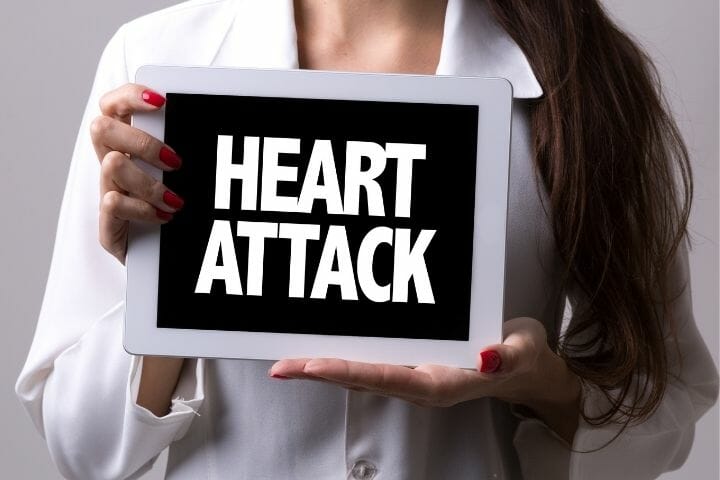
How To Help A Patient Recover After A Heart Attack
After sustaining a heart attack, there is a possibility that some part of the patient’s heart is damaged. You need to take care of a few things so that the patient can have a speedy recovery.
- Lowering down physical activity.
- Eating a healthier diet.
- Living a healthy lifestyle.
- Rehabilitation program for cardiac health.
What Can Be Done Beforehand To Avoid The Risk Of Heart Attacks In Patients
Change In Lifestyle
An essential thing that one can do to avoid a heart attack would be some lifestyle changes. Engaging in regular physical activities and eating healthy food are some of the things that can help maintain better health. Saying no to smoking or drinking also helps. As a caregiver, you should try to
Communication Is The Key
As a caregiver, it is your responsibility to communicate with the medical team of your patient. Try to visit with your patient when they go for their regular checkup so that you are aware of all their health issues and the prescription they have. Don’t hesitate to contact the doctor if you feel that there might be some issue with the patient in your care.
Wrap Up
If you are someone’s caregiver, you need to care for the person for health conditions. It might be possible that some of your patients might suffer from heart diseases and are at a high risk of getting a heart attack.
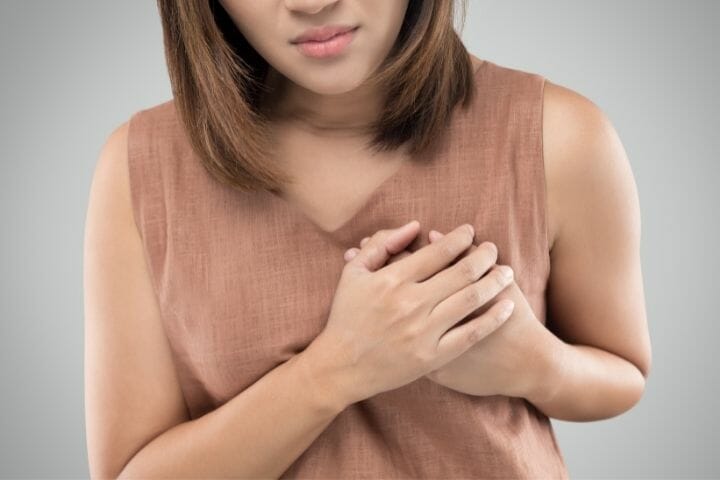
As a caregiver, it is your responsibility to recognize the symptoms of a heart attack in a person to receive immediate and proper medical help to maximize their chances of recovering. We have discussed the early signs of a heart attack. We hope that helps you out.
We hope this article gives you all the information you need to identify the symptoms of a heart attack. You should commit these indications to memory because they can help save a person’s life. If you have any queries or questions about the information given here, please drop a note in the comments section so that we can get back to you quickly.
